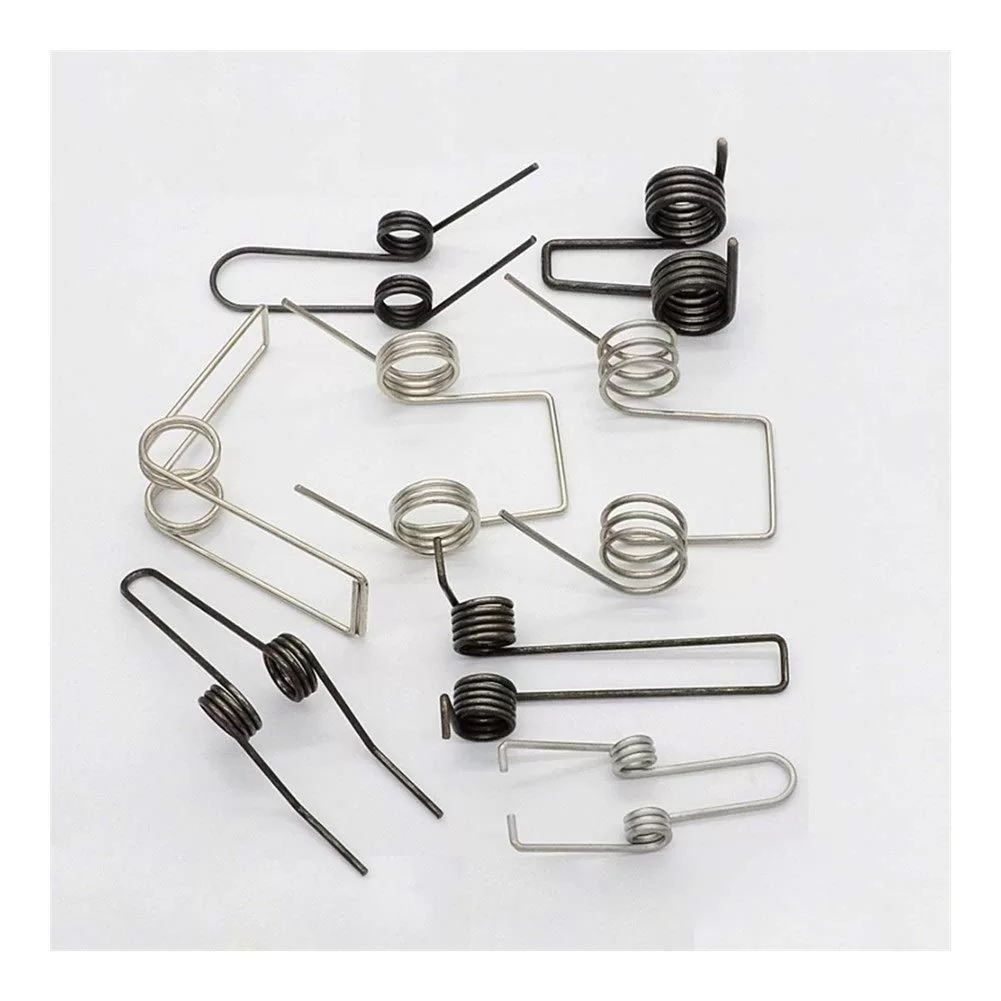Evolution and Future Innovations of Double Torsion Springs
Introduction:
Springs have been a vital part of human technology for centuries, providing a means to store and release energy in various applications. Among these, double torsion springs stand out for their unique ability to exert torque in both clockwise and counterclockwise directions. Their evolution, from ancient conceptualization to modern-day applications, showcases a history intertwined with technological advancements. As we look to the future, the development of these springs is poised for further enhancements, driven by material innovations, manufacturing technologies, and design ingenuity.
Historical Origins:
The concept of torsion—a rotational or twisting force—has ancient roots. Early civilizations explored ways to harness this force, leading to the development of basic springs. While the specific origin of double torsion springs might not be precisely documented, their evolution is part of the broader history of spring technology. The utilization of coiled materials to store and release energy traces back through the ages, with torsion-based springs likely evolving alongside the advancement of industries and craftsmanship.
Modern Advancements:
Double torsion springs, with their ability to manage torque in both directions, gained prominence during the industrial revolution. As technology and manufacturing techniques progressed, engineers and craftsmen refined spring designs, resulting in the creation of these versatile components. Their application spans across various industries, from automotive systems and industrial machinery to household appliances and aerospace equipment.
Future Innovations:
Looking ahead, the future of double torsion spring holds promise for significant advancements:
Advanced Materials:
Novel Materials Enhancing Double Torsion Spring Durability and Versatility
Smart and Adaptive Springs:
Integration of sensor technology or smart materials might lead to springs capable of adapting to changing conditions, optimizing performance in real-time.
Customization and 3D Printing:
Advancements in manufacturing, particularly through 3D printing, could enable customized designs, offering unique configurations for various applications.
Miniaturization:
Trends toward smaller devices might drive the development of miniaturized double torsion springs suitable for micro-mechanical systems and electronics.
Efficiency and Sustainability:
Emphasis on energy efficiency and environmental sustainability may lead to the use of eco-friendly materials and designs, reducing waste and environmental impact.
Simulation and Modeling:
Advances in simulation software could enable more accurate predictions of spring behavior, allowing for optimized designs and performance.
Conclusion:
Double torsion springs evolve for efficiency, adaptability in engineering. Rooted in torsion principles, now vital across industries. Future driven by materials, techniques, designs in tech landscape.


“This blog is a true gem in the vast landscape of information. Thankful for its commitment to reliability and structure!”
“Thank you for being a haven of accurate information in a world where misinformation often reigns. Grateful for your dedication!”